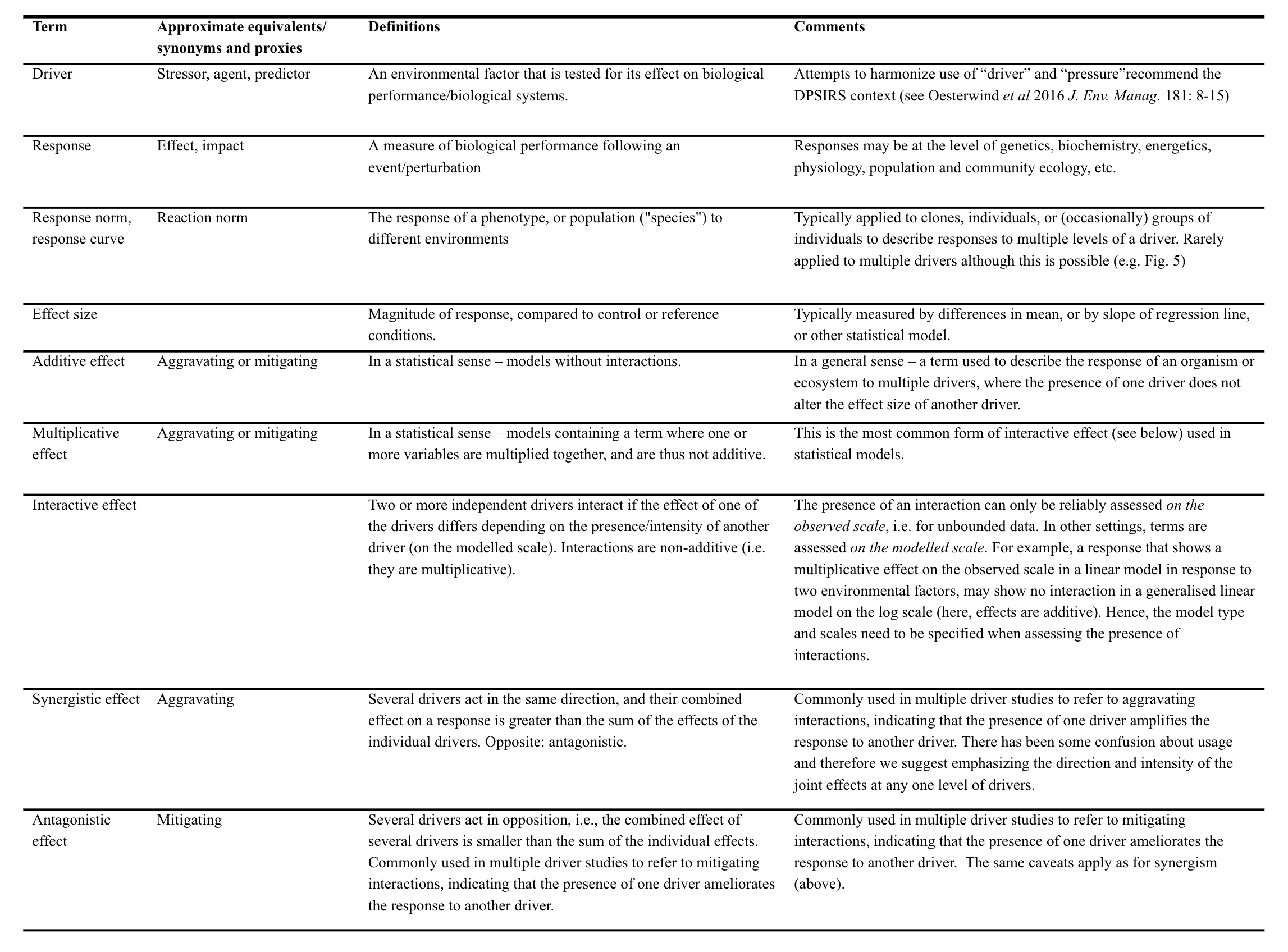In 'System Drivers' within Software Environment, the 'State' of most of the drivers is 'Stopped.' How do I get them 'Running?' Because of the Stopped drivers, an HP tech said that HP's security needed to be installed. (I had HP installing printer software last week. Today I uninstalled all HP apps & components-I hope.). Splunk logging driver. Estimated reading time: 8 minutes. The splunk logging driver sends container logs to HTTP Event Collector in Splunk Enterprise and Splunk Cloud. You can configure Docker logging to use the splunk driver by default or on a per-container basis. To use the splunk driver as the default logging driver, set the keys log-driver and log-opts to appropriate values in the. Download the latest drivers, software, firmware, and diagnostics for your HP products from the official HP Support website. A macro environment is the condition that exists in the economy as a whole, rather than in a particular sector or region. In general, the macro environment includes trends in the gross domestic. In batch mode, non-existent environment variables are replaced by a zero-length string. Standard environment variables or reserved environment variables include:%APPEND% (supported since DOS 3.3) This variable contains a semicolon-delimited list of directories in which to search for files.

Estimated reading time: 8 minutes
The splunk logging driver sends container logs toHTTP Event Collectorin Splunk Enterprise and Splunk Cloud.
Usage
You can configure Docker logging to use the splunk driver by default or on aper-container basis.
To use the splunk driver as the default logging driver, set the keyslog-driver and log-opts to appropriate values in the daemon.jsonconfiguration file and restart Docker. For example:
The daemon.json file is located in /etc/docker/ on Linux hosts orC:ProgramDatadockerconfigdaemon.json on Windows Server. For more aboutconfiguring Docker using daemon.json, seedaemon.json.
Note
log-opts configuration options in the daemon.json configuration file mustbe provided as strings. Boolean and numeric values (such as the value forsplunk-gzip or splunk-gzip-level) must therefore be enclosed in quotes(').

To use the splunk driver for a specific container, use the commandline flags--log-driver and log-opt with docker run:
Splunk options
Environmental Change Statistics
The following properties let you configure the splunk logging driver.
- To configure the
splunkdriver across the Docker environment, editdaemon.jsonwith the key,'log-opts': {'NAME': 'VALUE', ...}. - To configure the
splunkdriver for an individual container, usedocker runwith the flag,--log-opt NAME=VALUE ....
| Option | Required | Description |
|---|---|---|
splunk-token | required | Splunk HTTP Event Collector token. |
splunk-url | required | Path to your Splunk Enterprise, self-service Splunk Cloud instance, or Splunk Cloud managed cluster (including port and scheme used by HTTP Event Collector) in one of the following formats: https://your_splunk_instance:8088, https://input-prd-p-XXXXXXX.cloud.splunk.com:8088, or https://http-inputs-XXXXXXXX.splunkcloud.com. |
splunk-source | optional | Event source. |
splunk-sourcetype | optional | Event source type. |
splunk-index | optional | Event index. |
splunk-capath | optional | Path to root certificate. |
splunk-caname | optional | Name to use for validating server certificate; by default the hostname of the splunk-url is used. |
splunk-insecureskipverify | optional | Ignore server certificate validation. |
splunk-format | optional | Message format. Can be inline, json or raw. Defaults to inline. |
splunk-verify-connection | optional | Verify on start, that docker can connect to Splunk server. Defaults to true. |
splunk-gzip | optional | Enable/disable gzip compression to send events to Splunk Enterprise or Splunk Cloud instance. Defaults to false. |
splunk-gzip-level | optional | Set compression level for gzip. Valid values are -1 (default), 0 (no compression), 1 (best speed) ... 9 (best compression). Defaults to DefaultCompression. |
tag | optional | Specify tag for message, which interpret some markup. Default value is {{.ID}} (12 characters of the container ID). Refer to the log tag option documentation for customizing the log tag format. |
labels | optional | Comma-separated list of keys of labels, which should be included in message, if these labels are specified for container. |
labels-regex | optional | Similar to and compatible with labels. A regular expression to match logging-related labels. Used for advanced log tag options. |
env | optional | Comma-separated list of keys of environment variables, which should be included in message, if these variables are specified for container. |
env-regex | optional | Similar to and compatible with env. A regular expression to match logging-related environment variables. Used for advanced log tag options. |
If there is collision between the label and env keys, the value of the envtakes precedence. Both options add additional fields to the attributes of alogging message.
Below is an example of the logging options specified for the Splunk Enterpriseinstance. The instance is installed locally on the same machine on which theDocker daemon is running.
The path to the root certificate and Common Name is specified using an HTTPSscheme. This is used for verification. The SplunkServerDefaultCert isautomatically generated by Splunk certificates.
The splunk-url for Splunk instances hosted on Splunk Cloud is in a formatlike https://http-inputs-XXXXXXXX.splunkcloud.com and does not include aport specifier.
Message formats
There are three logging driver messaging formats: inline (default), json,and raw.
The default format is inline where each log message is embedded as a string.For example:
Note: If your messages are JSON objects, you may want to embed them in themessage we send to Splunk.
To format messages as json objects, set --log-opt splunk-format=json. Thedriver trys to parse every line as a JSON object and send it as an embeddedobject. If it cannot parse the message, it is sent inline. For example:
To format messages as raw, set --log-opt splunk-format=raw. Attributes(environment variables and labels) and tags are prefixed to the message. Forexample:
Marine Ecological Environment
Advanced options
Splunk Logging Driver allows you to configure few advanced options by specifying next environment variables for the Docker daemon.
| Environment variable name | Default value | Description |
|---|---|---|
SPLUNK_LOGGING_DRIVER_POST_MESSAGES_FREQUENCY | 5s | If there is nothing to batch how often driver posts messages. You can think about this as the maximum time to wait for more messages to batch. |
SPLUNK_LOGGING_DRIVER_POST_MESSAGES_BATCH_SIZE | 1000 | How many messages driver should wait before sending them in one batch. |
SPLUNK_LOGGING_DRIVER_BUFFER_MAX | 10 * 1000 | If driver cannot connect to remote server, what is the maximum amount of messages it can hold in buffer for retries. |
SPLUNK_LOGGING_DRIVER_CHANNEL_SIZE | 4 * 1000 | How many pending messages can be in the channel which is used to send messages to background logger worker, which batches them. |
 splunk, docker, logging, driver
splunk, docker, logging, driver- Products
- Environmental Monitoring
- Multiviewers
- Extenders
- KVM Extenders
- Video/Audio Extenders
- USB, Firewire & RS232 Extenders
- Audio Extenders
- Rackmount Extenders
- Point to Multi-Point Video Extenders
- Point to Multi-Point KVM Extenders
- Video Matrix Switches
- Video Walls
- KVM Drawers
- KVM Drawers
- KVM Drawers with Integrated KVM Switch
- KVM Switches
- Video Splitters
- Video Converters
- KVM Splitters
- Console Switches
- Video Switches
- Rackmount Monitors & Accessories
- Cables & Adapters
- Fiber
- USB/FireWire
- USB Hubs
- Applications
- Support
- Resources
- Where to Buy
- About NTI
- Press Room
